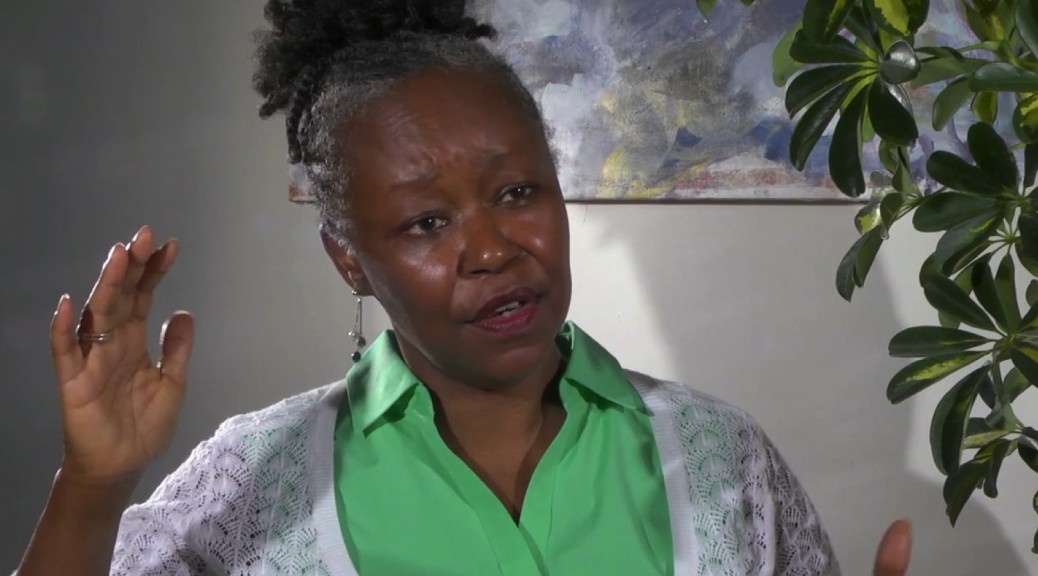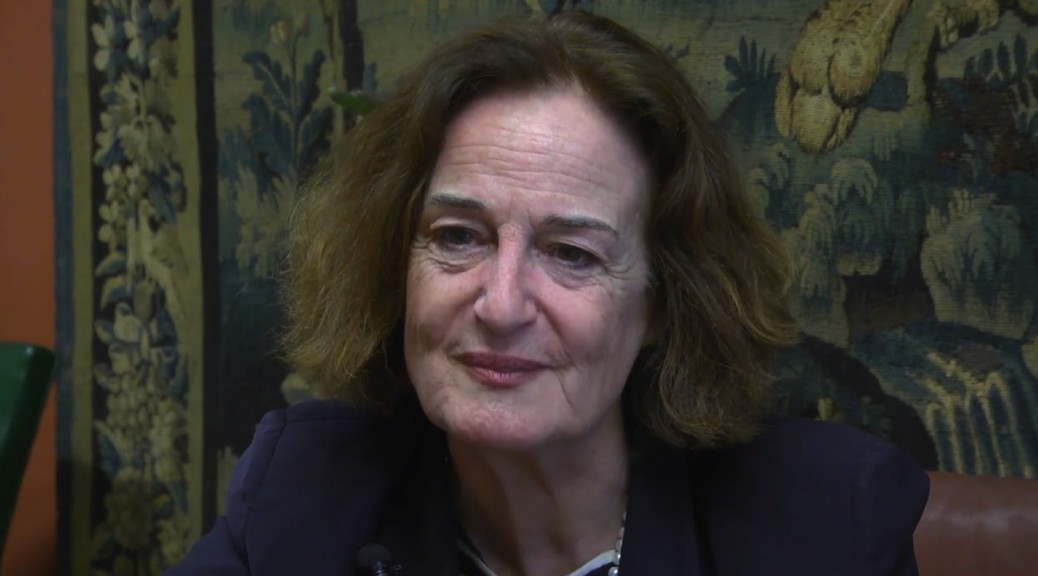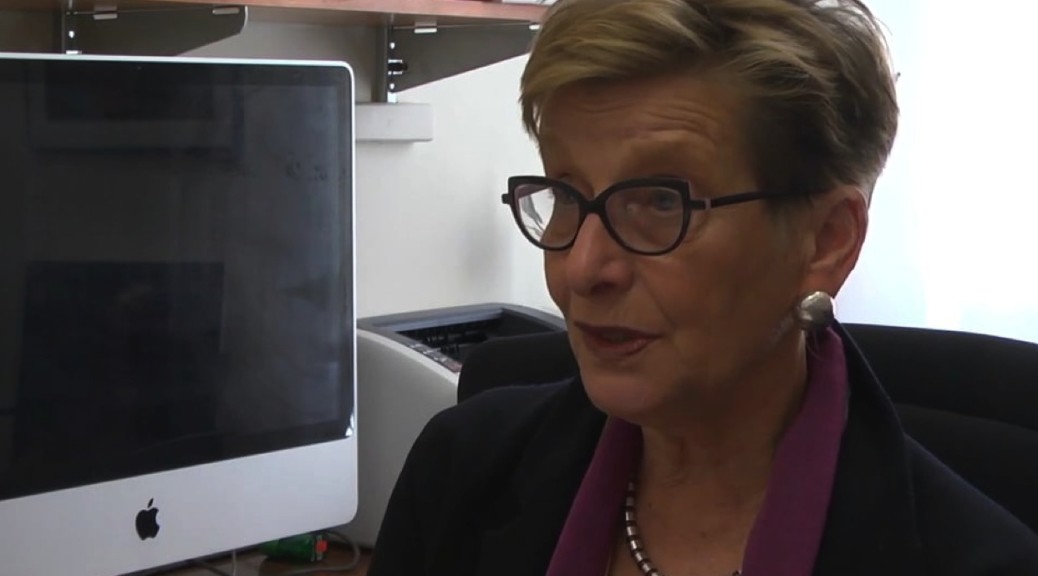LILA ABU-LUGHOD
Joseph L. Buttenwieser Professor of Social Science
IRWGS Core Faculty
IRWGS Director, 2004-07
Many of the people who still don’t have lines in IRWGS we consider main, main members of our community, like Jean Howard. She doesn’t have an official line there, but that’s one of her big homes. A lot of people were committed but a lot of people drifted off and worked on other institutes, but then we were anchored by the four lines, with half of our teaching obligation and administrative is in IRWGS, and now there are six, six or seven. So that’s pretty stable, and they’re major, senior people. There were no tenure battles. Many departments flounder over supporting or not supporting a junior person. We didn’t have any of that. We don’t have admissions. We’ve resisted from the beginning. We don’t want to have a PhD. We don’t even want an MA. We like it the way it is—it’s a place people go to because they genuinely want to be there, because they care about it, and it doesn’t get caught up in this bureaucratic stuff and fighting over resources. Why not have a space like that? We have enough of it in our own departments, so let’s have a place that’s not like that. I think most people feel that way about IRWGS, that you don’t have any of that going on.
I think a lot of people feel we need an intellectual space. Not all departments are intellectual spaces for people. There are many departments that are problematic for people. Either they don’t fit in them or there are nasty histories. One’s department is not actually always the intellectual center for you and you have interests that actually go well with other people’s interests who are not in your discipline. This is an opportunity to follow the themes of your research with people who are interested in the same things.
We think this is all part of gender studies too. It’s enriching what IRWGS does and giving opportunities to IRWGS faculty to have conferences, to have working groups, to develop ideas. I know it comes up there and we know it, because we know how much effort it took to start the thing. Sometimes we think, look, why isn’t Women Creating Change under IRWGS and just skip CSSD [Center for the Study of Social Difference]? But then it would have to be curricular. IRWGS is a curricular unit. It teaches undergraduates. It has a graduate certificate and it does public programming. That’s what it does. The research side had never been part of it. All that research is done now through CSSD.




